887 SELECTIVELY BREEDING THE SPORTING TERRIER
SELECTIVELY BREEDING A SPORTING TERRIER
by David Hancock
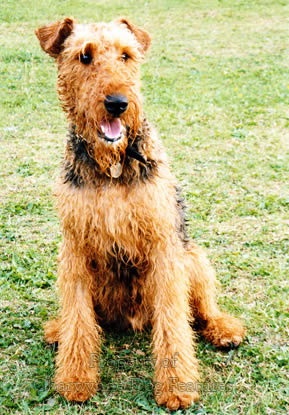
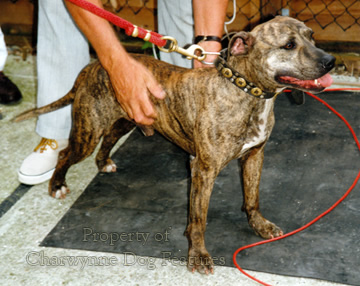 The selection of breeding stock will always be the principal factor in successful livestock breeding. So often, in the working dog world, it's done on a work-rating: how good at working are the prospective parents? In the show dog world, however often this is denied, rosette-winning is the biggest single factor, with even unworthy Crufts winners being freely used as breeding stock. This is an entirely irrational act; it is based on a view that, firstly, Crufts judges are trustworthy in their judgements, secondly that the winning dog is physically and mentally sound, and thirdly, that the chosen mate will actually 'nick' with the other mate. By that I mean, produce the quality offspring the blood behind each mate should create. As master-breeder Jocelyn Lucas wrote in his Pedigree Dog Breeding (Simpkin, 1925): "A stud dog is not good just because he is good looking. He must be bred right and not be 'chance got', or his good points will not force themselves on his progeny." And in his The Terrier’s Vocation, Geoffrey Sparrow pointed out: "The breed of terrier is not important, and a man can please his fancy – I have used Fox – Wire – Sealyhams, Borders, Lakelands and Jack Russells, and they are all good if bred right – it’s the STRAIN that counts.”
The selection of breeding stock will always be the principal factor in successful livestock breeding. So often, in the working dog world, it's done on a work-rating: how good at working are the prospective parents? In the show dog world, however often this is denied, rosette-winning is the biggest single factor, with even unworthy Crufts winners being freely used as breeding stock. This is an entirely irrational act; it is based on a view that, firstly, Crufts judges are trustworthy in their judgements, secondly that the winning dog is physically and mentally sound, and thirdly, that the chosen mate will actually 'nick' with the other mate. By that I mean, produce the quality offspring the blood behind each mate should create. As master-breeder Jocelyn Lucas wrote in his Pedigree Dog Breeding (Simpkin, 1925): "A stud dog is not good just because he is good looking. He must be bred right and not be 'chance got', or his good points will not force themselves on his progeny." And in his The Terrier’s Vocation, Geoffrey Sparrow pointed out: "The breed of terrier is not important, and a man can please his fancy – I have used Fox – Wire – Sealyhams, Borders, Lakelands and Jack Russells, and they are all good if bred right – it’s the STRAIN that counts.”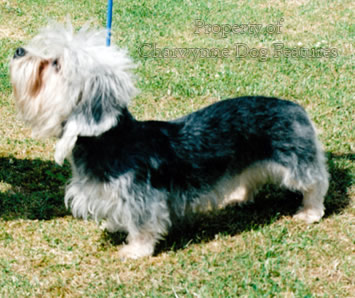
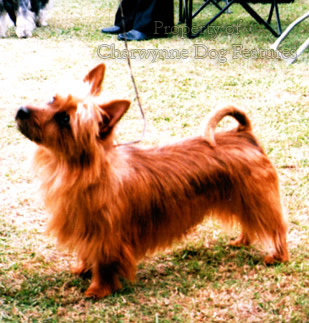
Charles Castle FZS, in his Scientific Dog Management and Breeding (Kaye, 1951), wrote: "Bruce-Lowe traced the pedigree of every racehorse back to the original dam...he was able to classify these families by their characteristics, such as 'sire-producing families', 'running families', etc...these families run true to the present day, passing on family characteristics and certain families 'nick in' to each other to produce winners..." There, was a serious enlightened breeder. As vet and exhibitor RH Smythe wrote in his informative The Breeding and Rearing of Dogs (Popular Dogs, 1969): "It is true that some kennels contrive to turn out a champion each year, but they are usually those that contain a number of bitches often similarly bred, and their owners have been fortunate enough to discover a sire that 'nicks'..." This system has a run-out date as repeat close-breeding can penalise in time. Tony Kirby, writing in Hounds Magazine in 1987, made a point for me: “By far and away the single important factor that can make or mar a terrier is its breeding. You cannot breed a racehorse out of a donkey. So you can’t breed an ideal working terrier if it is not from the right stock. Ideally that stock should go back many generations. It will then have the brains to go with the physical conformation to make this the ideal terrier and the envy of every one.”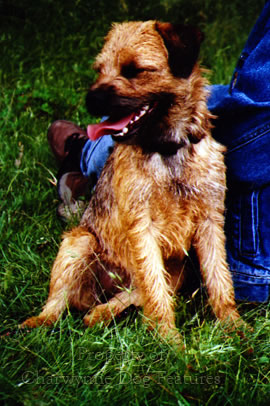
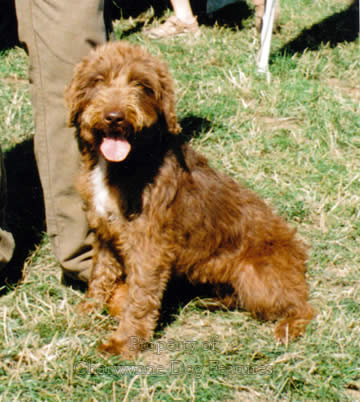
In selecting breeding material an eye must be kept on the terrier function, the terrier spirit and the spiritual outlet needed by such sporting dogs. Soon, in the fanciers of any number of pedigree terrier breeds, there will be a generation, if there isn't one already, that doesn't know what their breed once looked like. So much for respecting a breed and its functional origin. In The Principles of Dog-Breeding (Toogood, 1930) RE Nicholas wrote: "The breeder who returns from each show with a new rather than an improved ideal seldom accomplishes anything worthwhile, for vacillation in standards (i.e. breed standards, DH) is the direct road to confusion of types and to absolute failure. The rolling stone gathers nothing but hard knocks." Every breed needs breed-architects ahead of breed optimists.
When you breed selectively for one feature only, you imperil many other points: ignore working anatomy and go for handsomeness, you overlook a design for function; forget working ability and you risk losing it. In an article in Field Sports of June 1952, working terrier expert RR Stopford wrote: “In the choice of a puppy, one’s personal ideas will carry more weight than the show-bench standard, but it is essential that size, shape, and strain are dominant factors in the selection. The dangers of acquiring a youngster, no matter how likeable it may be, from parents of a non-working strain are (a) that it may grow too big, and (b) that it will lack the intelligence or the keenness for the purpose for which it is intended.” We can all get carried away by a charming pup, but breeding working terriers has to be a single-minded informed disciplined choice.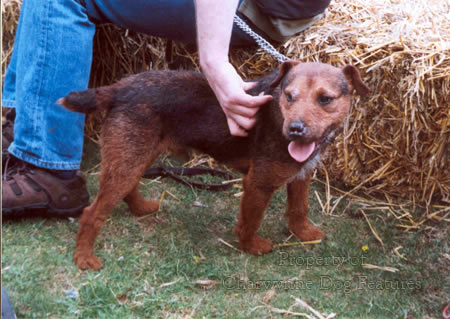
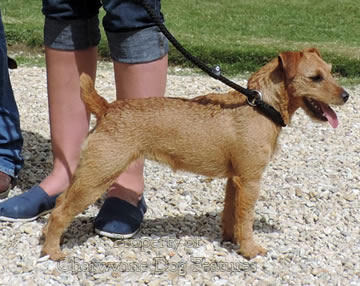
Our pedigrees merely list the ancestors for five generations, without any checks on their accuracy or the slightest whiff of real information about the dog. Is this progress? Is this in the best interests of good breeding? Prizes for phenotype and beauty are given sole weight and to hell with such basic information as health, intelligence and working ability. In livestock breeding, a stud has no value until the performance of its progeny has been established. But in the pedigree dog world, a stud is valued not on the performance of its offspring but on their successful stance in the ring. Does that produce the best companion animals? Breeders of working terriers like to maintain breeding records. They rate performance ahead of purity, but all terriers are pets to some degree and temperament in terriers really does matter. Selection of breeding stock requires study of lines and sound judgement. As HJ Ludlow, a distinguished breeder of Scottish Terriers, put it in The Kennel Gazette of January, 1892: “If breeders are frightened by their losses this year into putting their bitches to dogs totally unrelated to them, with the idea of getting stamina in their progeny, I am certain they will lose a year’s breeding. No doubt the great secret in close in-breeding is never to be tempted into using either a bitch or dog that isn’t perfectly sound and healthy. That in-breeding may be carried too far goes without saying, and it requires great care and judgement to know exactly when fresh blood is required, and even greater judgement to know how to introduce it without ruining the strain.” Wise words!